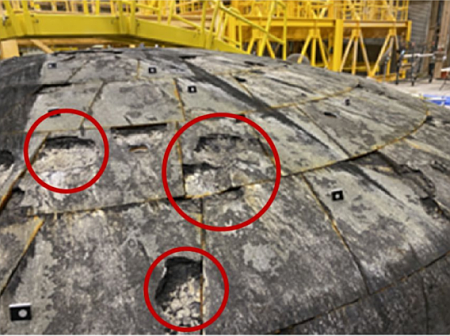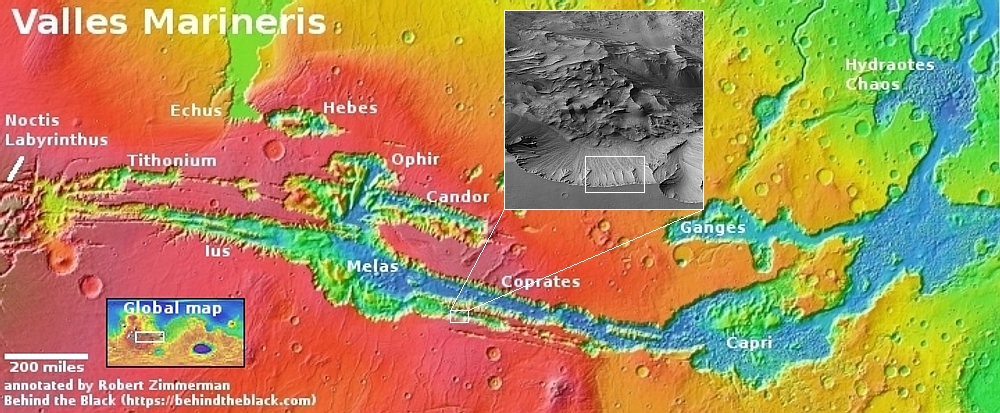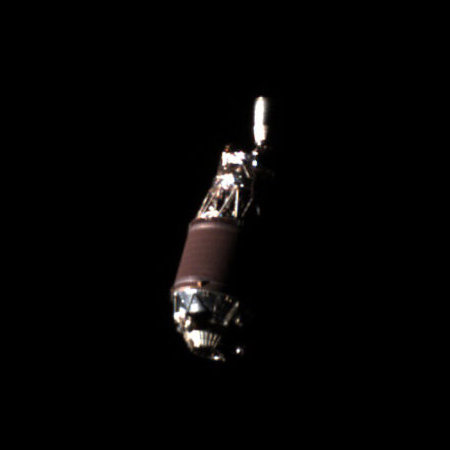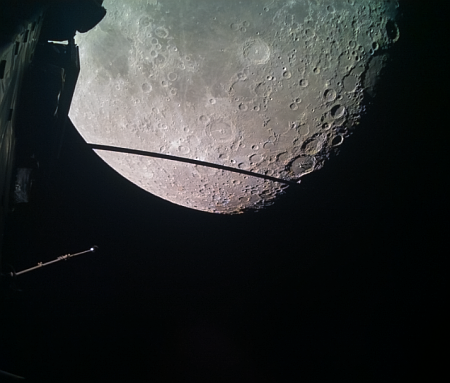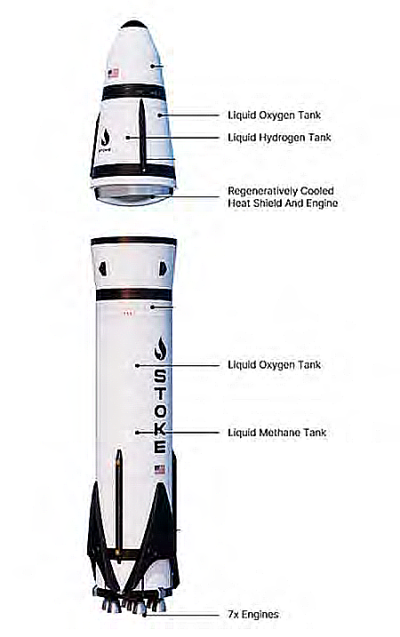Starliner decision expected tomorrow, August 24
According to a NASA update today, the agency will hold “an internal Agency Test Flight Readiness Review” to discuss whether to return Starliner manned or unmanned on Saturday morning, August 24, 2024 and then hold a press conference immediately afterward to discuss the results of that review.
What makes this review and press conference different from all previous Starliner reviews and conferences is that NASA administrator Bill Nelson will attend.
NASA Administrator Bill Nelson and leadership will hold an internal Agency Test Flight Readiness Review on Saturday, Aug. 24, for NASA’s Boeing Crew Flight Test. About an hour later, NASA will host a live news conference at 1 p.m. EDT from the agency’s Johnson Space Center in Houston.
The only reason a politico like Nelson would participate in such proceedings is because he has taken control of the decision-making process, and will make the decision himself. The review is likely to educate him as best as can be done in this short time, and he will then decide whether the two astronauts who launched on Starliner, Butch Wilmore and Suni Williams, will return on it in the next week or so, or will stay on board ISS until February 2025 and return on the next Dragon crew capsule scheduled to launch to ISS in late September.
Nelson might have decided to get involved on his own, but I am certain that if so it was strongly “encouraged” by officials above him in the White House. There is an election coming up, and the risks involved in using Starliner to return the astronauts must be weighed in connection not just with its engineering concerns but with its political ramifications also.
Nelson’s decision will also provide us a strong indication of a future Harris administration’s attitude toward space.
According to a NASA update today, the agency will hold “an internal Agency Test Flight Readiness Review” to discuss whether to return Starliner manned or unmanned on Saturday morning, August 24, 2024 and then hold a press conference immediately afterward to discuss the results of that review.
What makes this review and press conference different from all previous Starliner reviews and conferences is that NASA administrator Bill Nelson will attend.
NASA Administrator Bill Nelson and leadership will hold an internal Agency Test Flight Readiness Review on Saturday, Aug. 24, for NASA’s Boeing Crew Flight Test. About an hour later, NASA will host a live news conference at 1 p.m. EDT from the agency’s Johnson Space Center in Houston.
The only reason a politico like Nelson would participate in such proceedings is because he has taken control of the decision-making process, and will make the decision himself. The review is likely to educate him as best as can be done in this short time, and he will then decide whether the two astronauts who launched on Starliner, Butch Wilmore and Suni Williams, will return on it in the next week or so, or will stay on board ISS until February 2025 and return on the next Dragon crew capsule scheduled to launch to ISS in late September.
Nelson might have decided to get involved on his own, but I am certain that if so it was strongly “encouraged” by officials above him in the White House. There is an election coming up, and the risks involved in using Starliner to return the astronauts must be weighed in connection not just with its engineering concerns but with its political ramifications also.
Nelson’s decision will also provide us a strong indication of a future Harris administration’s attitude toward space.


